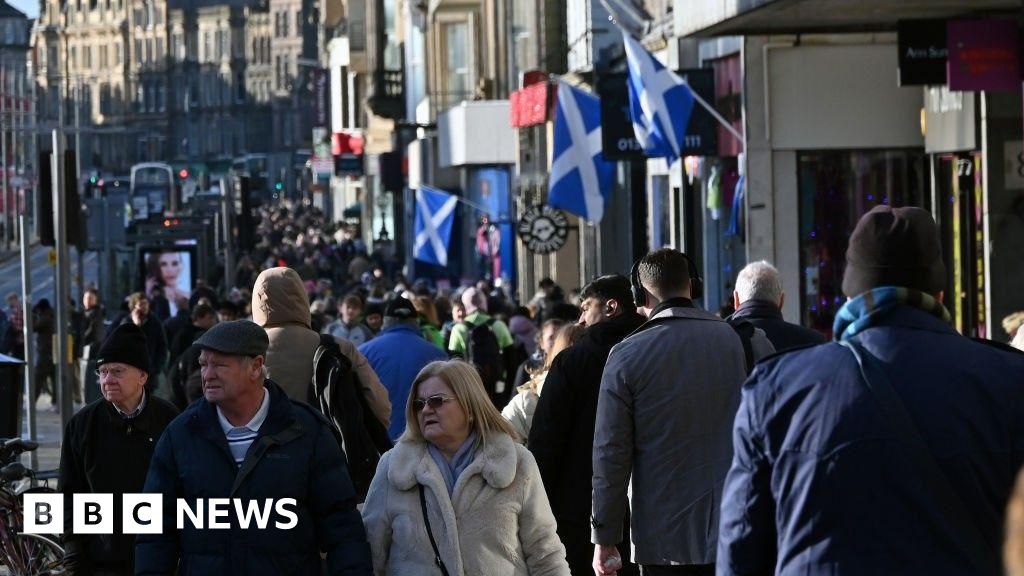Football
Where has summer gone in Scotland?

By Steven McKenzie, BBC Scotland Highlands and Islands reporter
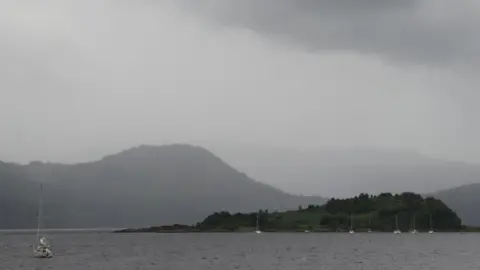 Ingrid/BBC Weather Watchers
Ingrid/BBC Weather WatchersFine weather was in short supply in June in Scotland, and the start of July has seen little improvement.
So what is up with summer?
Have we already had our ‘summer’?
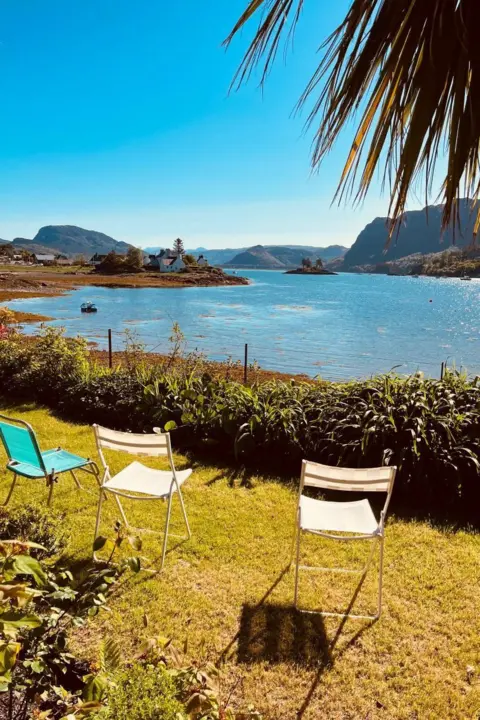 HappyLassy/BBC Weather Watchers
HappyLassy/BBC Weather WatchersThe UK had its warmest May and meteorological spring on record, according to Met Office figures.
May 2024’s average mean temperature of 13.1C for the UK beat 2008’s previous record figure of 12.1C.
The Met Office said May’s mean temperature was particularly influenced by above average temperatures in Scotland, where a May mean temperature of 12.3C beat 2018’s previous record by 1.6C.
BBC Scotland weather forecaster Calum MacColl said climatologically, on average, May can be Scotland’s best month of the year.
Snow in June
The Met Office says the average mean temperature for June was 12.9C, which was 0.4C below the long-term meteorological average.
Also, northern Scotland recorded above average amounts of rainfall. It had 122mm of rain, 32% more than its average for June.
Mr MacColl said: “It was even consistently cold enough early in June for precipitation to fall as snow on our highest mountains at some point during the day, for a run of eight consecutive days.”
He added: “Despite a brief plume of warmth and humidity for some of us during the early days of last week which brought a temperature of 27.3C to Aboyne, June was a colder than average month, with this chilly theme continuing into the start of July too widely across Scotland.”
What is influencing the weather?
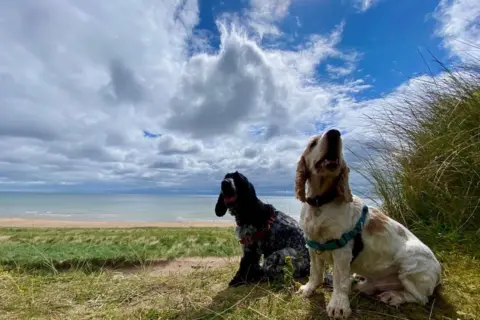 Anne’s World/BBC Weather Watchers
Anne’s World/BBC Weather WatchersShort answer – the jet stream.
This is a strong current of air in the upper troposphere, about five to seven miles above the Earth’s surface.
Mr MacColl said the jet stream was in a west to north-westerly orientation across the North Atlantic.
He said: “This has resulted in Scotland often being either under, or more commonly, on the cold side of the jet.
“As a consequence, we have frequently seen polar maritime airstreams curve around areas of low pressure to our north, bringing persistent chilly and unsettled conditions with frequent showery days and periods of longer spells of rain.”
The forecaster added: “Whilst the prolonged nature of such a chilly weather pattern through June and into July has been unusual, given our proximity to the Atlantic and the prevailing west to south-westerly flow, we do get summers where there are very little breaks in the Atlantic winds, which just continue to blow across the country maintaining changeable, cool, cloudy and often wet conditions.”
What impact is the weather having?
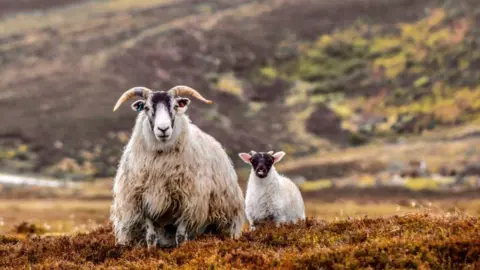 Hazel Thomson
Hazel ThomsonFarmers say they are facing significant challenges.
Mark Donald, who farms near Stirling, said: “I’ve finally managed to get the shearers in to clip my flock.
“But the shearers are demented by the weather and are well behind.
“To clip sheep, it is important that they are dry and that has been a real challenge, with sheep proving very hard to shear.”
He said wet and warm weather earlier in the year had increased problems with strike, a condition which can see blowfly maggots in wet or soiled fleeces.
Ben McClymont, who manages an estate in East Lothian said: “The weather is causing a number of issues, mainly the cold is suppressing grass growth.
“Livestock farmers will be struggling with grass not growing quick enough to meet demand.”
He said the yields of arable crops could be badly affected, and buying straw later in the year would likely be hard and expensive.
“All crops have just had too much weather thrown at them, causing undue stress.” he said.
Aberdeenshire farmer Kevin Gilbert said it had been possible to make lots of silage, but the recent weather was “bad news” for making hay.
Stewart Wyllie, who farms in Dumfriesshire, said he had a bumper maize crop in 2020 and in June that year the crop was shoulder high.
He said: “This year, in stark contrast because of the cold and wet, our maize was barely above my knees. Yields, come harvest time, can only be down.”
Will it ever be ‘taps-aff’?
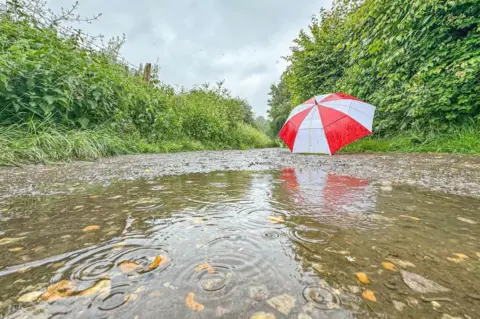 StormChaserLiam/BBC Weather Watchers
StormChaserLiam/BBC Weather WatchersSummer in Scotland is associated with the phrase: “taps aff or taps oan?” – tops off or tops on (though always reach for suncream when tops off).
But it looks like taps oan plus jacket and wellies for the next while.
Mr MacColl said: “Looking further ahead, there are still no signs of any prolonged and settled, summery weather on the horizon, with the chilly west to north-westerly air patterns persisting to the end of the week and an unseasonably windy day ahead for election day with showers or longer spells of rain.
“It will even be cold enough over the top of Ben Nevis for snow to fall – although such an occurrence can happen at any time of the year on our mountains.”
He added: “Whilst next week, a change in wind direction to the south or south east will bring a recovery in temperature with perhaps some drier days early in the week, further areas of low pressure are likely move in from the south west as the week progresses, bringing further unsettled conditions with rain or showers.”





